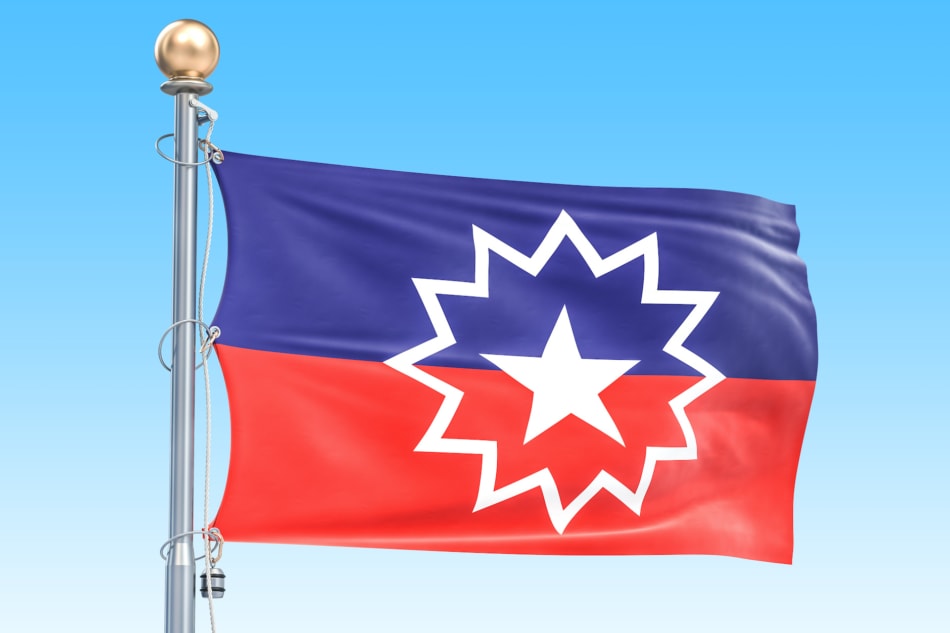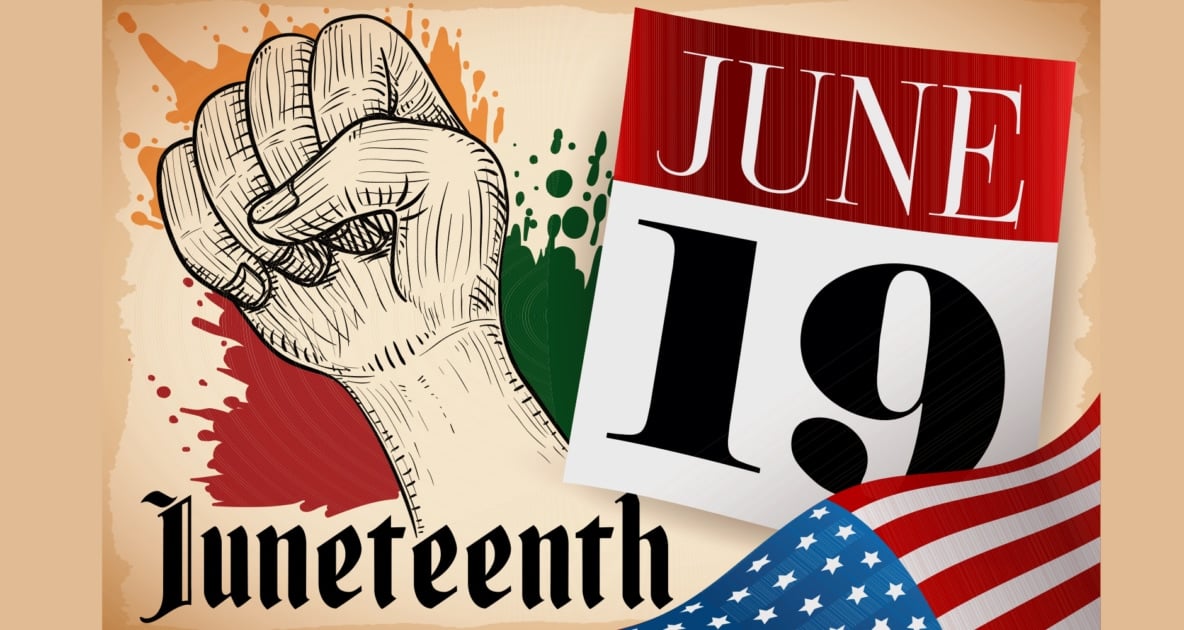Juneteenth (short for “June Nineteenth”) is a holiday commemorating the day of the end of slavery in the United States. It’s also known as “Freedom Day.”
The Emancipation Proclamation
On June 19, 1865, Union General Gordon Granger, hero of the Civil War battle of Chickamauga, arrived in Galveston, Texas, and read a single-page declaration of terse no-frills military orders. It said, in part:
The people of Texas are informed that, in accordance with a proclamation from the Executive of the United States, all slaves are free. This involves an absolute equality of personal rights and rights of property between former masters and slaves, and the connection heretofore existing between them becomes that between employer and hired labor.
The “Executive” Granger was referring to was Abraham Lincoln, and the proclamation was the Emancipation Proclamation, which freed the slaves two years before—on New Year’s Day, 1863—contingent on the Union winning the war.
Despite Robert E. Lee surrendering at Appomattox on April 9, 1865, it took some time for the news of emancipation to reach all corners of the Confederacy. Many slave owners withheld the information.
Meanwhile, slave owners in Mississippi, Louisiana, and other points east had been migrating to Texas to escape the fighting. More than 150,000 slaves had made the trek west. And the last battle of the war was fought a month later on May 13th at Palmito Ranch, Texas.
Nearly a quarter of a million slaves in Texas did not realize they were free until the day Gordon Granger spoke at Galveston. Following his speech, the newly freed African-Americans began celebrating, and Juneteenth was born.
That December, slavery in America would be formally abolished with the adoption of the 13th Amendment.
Juneteenth Celebrations
Since then, Juneteenth celebrations have spread to nearly every state in the Union, and while Texas was the first to officially recognize the holiday in 1980, it grew in popularity for all Americans. By 2008 most states observed the day as either a state holiday or a ceremonial holiday, and efforts are underway to make Juneteenth a national holiday.
Juneteenth celebrations include reading aloud the Emancipation Proclamation, participating in church services of praise and thanksgiving, singing of traditional anthems and hymns, such as “Lift Every Voice and Sing,” and “Swing Low Sweet Chariot.” Many also read from poems by Maya Angelou and Langston Hughes, as well as the words of Dr. Martin Luther King, Jr. There are parades, fireworks displays, and rodeos.
A special Juneteenth flag, designed in red, white, and blue, depicts a five-pointed star at the center—reminiscent of the Texas state flag—and a 12-pointed star that bursts forth around it, symbolizing a new dawn of freedom for a people formerly in bondage.

Cookouts and eating of special foods, including traditional soul food recipes and Texas barbecue brisket, are often included in the Juneteenth festivities. Tea Cakes, a kind of sugar cookie, were a longstanding part of African-American food culture, baked all over the south for special occasions, and on Juneteenth, they are served up as a symbol of the sweetness of Freedom. Strawberry soda is also a popular beverage in the celebrations—the red color symbolizes the blood shed and hardship endured by African-American slaves.
Juneteenth A Federal Holiday
On June 17, 2021, President Joe Biden signed into law Juneteenth National Independence Day. It will become the 12th legal public holiday, and the first new one signed into law since Martin Luther King Jr. Day in 1983 by President Ronald Reagan.

